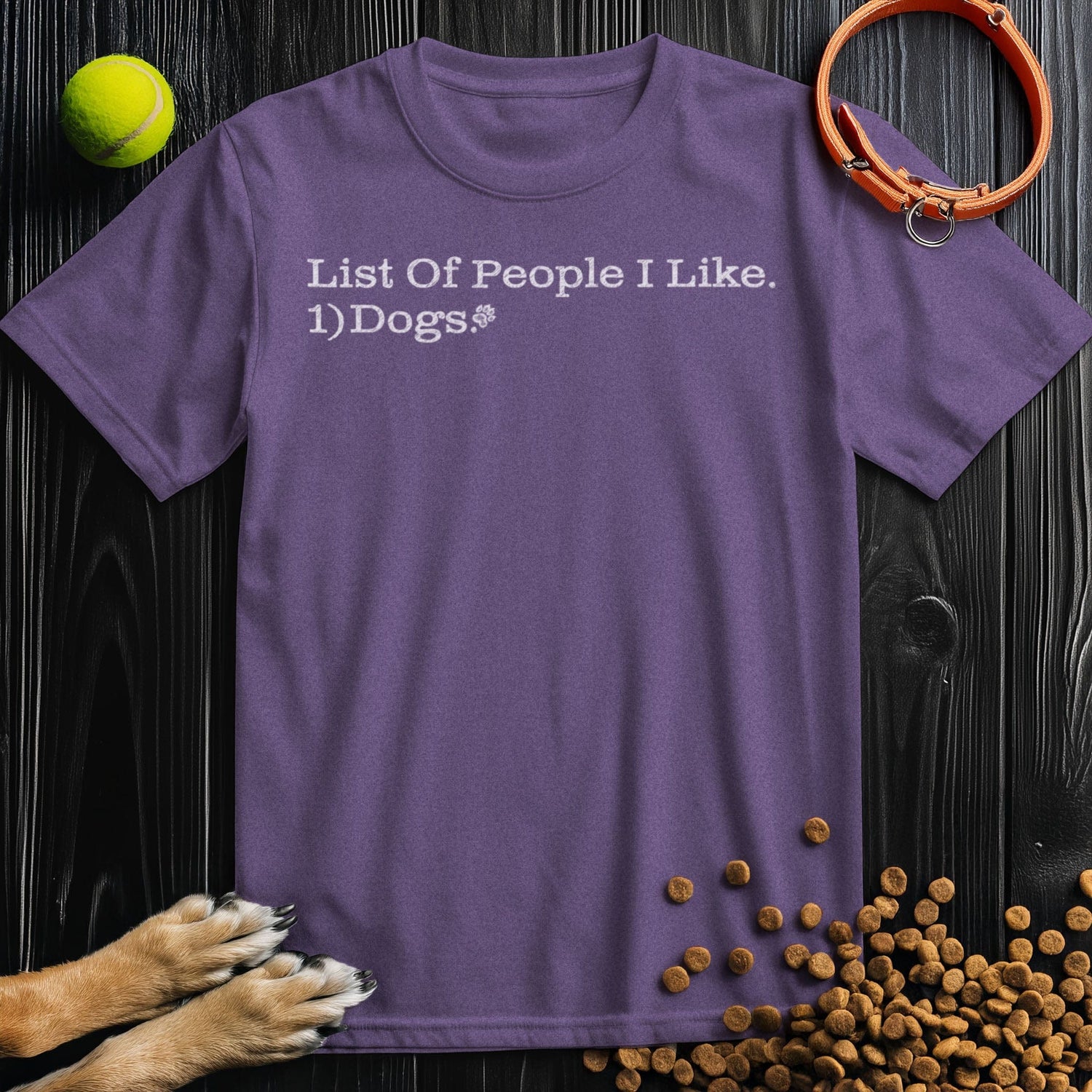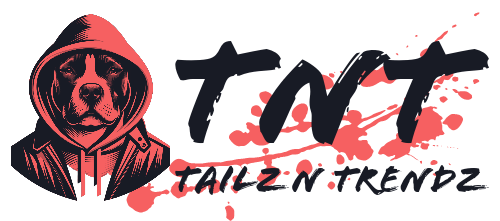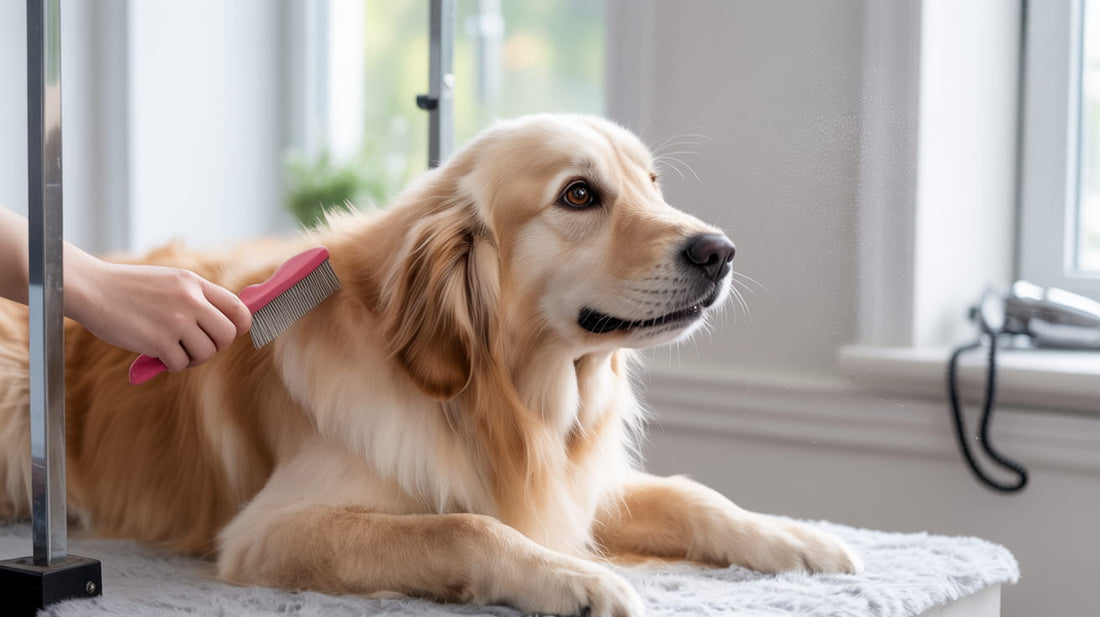Regular at-home grooming ensures your dog’s coat stays clean, mat-free, and healthy while strengthening the bond you share. By mastering essential dog grooming techniques—brushing, bathing, nail care, and styling—you prevent skin issues, detect health concerns early, and promote optimal comfort. This guide maps out core methods, must-have tools, breed-based schedules, health benefits, special-needs adaptations, troubleshooting tips, and breed-specific routines to empower every pet owner with actionable expertise.
What Are the Basic Dog Grooming Techniques Every Owner Should Know?
Fundamental dog grooming techniques include brushing, bathing, nail trimming, and hair cutting, each designed to maintain coat health and prevent discomfort. Brushing removes loose hair and distributes natural oils, bathing washes away dirt and allergens, nail trimming safeguards posture and foot health, and trimming styling keeps your dog comfortable and tidy. Together, these methods form a daily and monthly care routine that supports skin integrity, mobility, and a polished appearance.
How to Brush Your Dog Properly for Different Coat Types
Brushing your dog adapts to coat length and texture to prevent mats and shed buildup through targeted strokes. Short coats benefit from a bristle brush to massage the skin and remove loose hairs, while long and curly coats require a slicker brush to detangle without pulling. Regular brushing sessions improve circulation and coat shine, laying the groundwork for effective bathing.
How to Use Slicker Brushes for Detangling Mats
Before detangling, hold the mat at its base to protect the skin.
- Position the slicker brush at the mat’s outer edge.
- Gently brush outward, easing the fibers apart without yanking.
- Work small sections until the entire mat loosens.
Controlled slicker brush use separates tangled fibers without discomfort, ensuring the coat remains smooth and ready for styling.
What Are the Steps for Safe and Effective Dog Bathing?

A safe and thorough dog bath removes dirt, odors, and skin irritants while preserving natural oils and hydration. Start by wetting the coat with lukewarm water, apply dog-specific shampoo, work a gentle lather into the skin, rinse thoroughly, and follow with conditioner if needed. Bathing once every 4–6 weeks for most breeds balances cleanliness with skin health, transitioning naturally into drying techniques.
Best Drying Methods After Bathing to Prevent Skin Issues
After rinsing, gently squeeze excess water from the coat before towel-drying to avoid friction.
- Use an absorbent microfiber towel to pat the fur.
- Employ a low-heat pet dryer at a safe distance, moving continuously to prevent hot spots.
- Brush lightly while drying to prevent tangles and distribute oils.
Proper drying prevents moisture-related irritations and readies the coat for brushing and styling.
How to Trim Dog Nails: Step-by-Step Guide for Beginners

Trimming nails keeps paw alignment healthy and reduces the risk of overgrowth pain by shortening the outer keratin sheath.
Canine Nail Length and the Effects on Biomechanics
Overly long dog nails can significantly impact a dog's posture and gait by altering the way their paws interact with the ground. This can lead to toes splaying, flattened paws, abnormal weight distribution, and increased strain on joints like hips, knees, and ankles, potentially causing discomfort, pain, and long-term orthopedic problems such as arthritis. Maintaining proper nail length is crucial for comfort, mobility, and overall joint health.
This supports the article's emphasis on nail trimming safeguarding posture and foot health and reducing the risk of overgrowth pain.
Beginners should gather clippers or a grinder, identify the quick in light-colored nails or use a flashlight in darker ones, and proceed with controlled cuts. Frequent, small trims encourage quick recession and prevent accidental bleeding, ensuring every session is safe and stress-free.
Recognizing the Quick in Dog Nails to Avoid Injury
The quick is the blood-rich inner tissue that recedes with proper trimming frequency. In transparent nails, look for a pink line; in dark nails, trim tiny bits until you see a darker circle at the center of the edge.
Step-by-Step Guide to Using a Dremel for Dog Nail Grinding
- Introduce the Dremel at low speed for familiarization.
- Hold the grinder parallel to the nail and touch briefly to file.
- Rotate among all nails to maintain even length.
- Finish with gentle buffing to round corners.
Grinders offer precision without abrupt cuts, enhancing comfort and reducing split nails.
What Are the Fundamentals of Dog Hair Cutting Styles at Home?
At-home hair cutting styles involve clipping guard lengths, scissoring for facial areas, and blending coat contours for breed-appropriate looks. Use clippers with the correct blade size to establish an even base, then refine ears, feet, and tail trims with thinning shears. Understanding body structure and coat patterns ensures a safe, attractive cut that suits activity levels and breed standards.
Which Are the Best Dog Grooming Tools for At-Home Care?
Selecting the right grooming tools empowers owners to address specific coat and comfort needs with professional-quality results. From brushes to clippers, each tool supports a core technique and enhances safety, effectiveness, and longevity when properly maintained.
What Types of Brushes and Combs Are Ideal for Various Coat Types?
| Brush Style | Recommended Coat | Maintenance |
|---|---|---|
| Slicker Brush | Long, curly, double | Remove trapped hair after each use |
| Bristle Brush | Short, smooth | Rinse bristles weekly |
| Undercoat Rake | Thick, shedding | Clean teeth with comb tool |
| Metal Comb | Fine, sparse mats | Wipe with disinfectant |
How to Choose and Use Dog Nail Clippers and Grinders Safely
Choosing between guillotine-style clippers or pliers depends on nail thickness; grinders suit detailed shaping. Always hold the paw securely, trim small sections of nail, and file edges afterward. Brief grinding sessions with low abrasion settings minimize heat buildup and ensure smooth nails without cracking.
What Are the Recommended Shampoos and Conditioners for Dogs?
| Product Category | Key Benefit | Ideal Use Case |
|---|---|---|
| Oatmeal Shampoo | Soothes itching skin | Allergies and dryness |
| Whitening Shampoo | Enhances coat brightness | Light-colored coats |
| Hypoallergenic Cleanser | Reduces irritant exposure | Dogs with sensitive skin |
Choosing the Right Dog Shampoo for Sensitive Skin
Sensitive-skin shampoos contain gentle surfactants and soothing botanicals to cleanse without irritation. Look for fragrance-free labels, oatmeal extracts, and pH-balanced systems to calm redness and maintain barrier integrity.
How to Maintain and Clean Your Dog Grooming Tools for Longevity
Proper tool care ensures consistent performance and hygiene. After each use, remove hair from brushes, disinfect clippers’ blades, and store items in a dry case. Regular sharpening and blade oiling prevent rust and maintain cutting precision, supporting safe grooming for years.
How Often Should You Groom Your Dog Based on Breed and Coat Type?
Grooming frequency aligns with coat characteristics, lifestyle factors, and breed sensitivities to maintain optimal hygiene and appearance. Establishing a schedule prevents overgrowth, matting, and skin concerns, guiding owners to tailor routines by their dog’s unique profile.
What Is the Recommended Grooming Frequency for Short, Long, and Curly Coats?
| Coat Type | Brushing Interval | Bathing Interval |
|---|---|---|
| Short | Weekly | Monthly |
| Long | 3× Weekly | 4–6 Weeks |
| Curly | 2–3× Weekly | 4–6 Weeks |
How Does Breed Influence Grooming Needs and Techniques?
Breed-specific coats—double coats, wire haired, silky fur—require unique tools and methods. Double-coated dogs shed seasonally and need undercoat raking, while wirehaired breeds benefit from hand stripping to maintain texture and prevent matting.
What Are the Signs Your Dog Needs Immediate Grooming?
Indicators include excessive shedding clumps, visible skin flakes, long nails clicking on floors, and coat odor or greasy residue. Addressing these signs promptly avoids discomfort and potential health issues such as infections or joint strain.
What Are the Health Benefits of Regular Dog Grooming?
Consistent grooming delivers physical and emotional advantages, from parasite prevention to mental enrichment. Well-maintained coats and skin foster comfort and early disease detection, reinforcing overall canine wellness.
How Does Grooming Help Prevent Skin Problems and Parasites?
Brushing and bathing remove dirt, dead hair, and early flea or tick attachments before they embed. Regular inspections during grooming reveal hotspots, redness, or pest activity, enabling swift intervention and reducing the risk of dermatitis or infestations.
The Science Behind Dog Grooming: Medical Evidence Supporting Professional Pet Care
Recent studies indicate that regular professional grooming can significantly reduce skin problems and stress levels in dogs. For instance, a 2023 study published in the Journal of Veterinary Dermatology found that bi-weekly professional grooming led to a 65% reduction in Malassezia pachydermatis colonization, a common cause of skin issues. Grooming helps distribute natural oils, increases blood flow, and removes irritants, acting as preventive healthcare.
This research directly supports the article's claim that regular at-home grooming prevents skin issues and promotes coat health.
What Role Does Grooming Play in Early Detection of Health Issues?
While grooming, owners often discover lumps, bumps, or unusual odors that warrant veterinary evaluation. Early identification of anomalies like skin lesions or joint swelling can lead to prompt treatment and better outcomes.
How Dog Grooming Plays a Role in Early Detection of Health Issues
Regular grooming sessions offer a vital opportunity for the early detection of various health concerns in pets, including unusual lumps, rashes, bald patches, parasites, and ear problems. Professional groomers, through their hands-on time and trained eye, can often spot these issues before they become noticeable to owners, enabling prompt veterinary intervention and preventing minor problems from escalating into more severe conditions.
This verifies the article's assertion that grooming helps detect health concerns early, such as skin lesions or joint swelling.
How Does Grooming Improve Your Dog’s Emotional Well-Being and Behavior?
The tactile interaction of brushing and gentle handling during grooming sessions builds trust, reduces anxiety, and provides mental stimulation. Routine care establishes a predictable structure that many dogs find calming and rewarding.
How Can You Groom Special Needs Dogs: Puppies, Seniors, and Anxious Pets?
Adapting techniques for vulnerable dogs ensures safety and comfort when grooming puppies, older dogs, or anxious pets. Tailored approaches foster positive experiences and maintain grooming benefits across life stages.
What Are Safe Grooming Techniques for Puppies?
Puppy grooming introduces gentle brushing, short bath sessions with tepid water, and gradual clipping practice. Positive reinforcement with treats and praise during each step creates confidence and reduces fear.
How to Adapt Grooming for Senior Dogs with Health Conditions?
Seniors with arthritis or reduced mobility benefit from elevated tubs, soft-bristle brushes, and shorter, more frequent sessions. Warm towels and slow movements protect joints and accommodate sensitivity.
What Are Tips for Grooming Anxious or Fearful Dogs at Home?
For nervous pets, employ calm voices, massage-style brushing, and bite pads when introducing clippers. Break sessions into brief intervals, allowing rest and rewards to build positive associations.
How Do You Troubleshoot Common Dog Grooming Problems?
Even experienced groomers face challenges like severe matting or pet aversion to tools. Addressing these issues with targeted solutions preserves coat health and owner confidence.
What Are Effective Solutions for Severe Matting and Tangles?
When mats resist brushing, apply a detangling spray and work from the outer edge inward. For persistent knots, carefully trim mats at the base with rounded-tip scissors before brushing, preventing skin irritation.
How to Manage Skin Irritations and Allergies After Grooming?
Rinse thoroughly to remove shampoo residue that can cause itching. Apply a hypoallergenic, oatmeal-based leave-on conditioner and consult a veterinarian for medicated shampoos if redness or swelling persists.
What Are Safe Ways to Handle Dogs Afraid of Clippers or Baths?
Use desensitization by letting the dog explore clippers off, then on vibration mode at a distance. For fearful bathers, introduce water sounds gradually and use non-slip mats to instill security before full immersion.
What Are Breed-Specific Grooming Techniques for Popular Dog Breeds?
Tailoring grooming routines to breed standards preserves characteristic appearance and coat performance. Poodles, Golden Retrievers, and Shih Tzus each demand unique care to maintain their signature looks.
How to Groom a Poodle: Coat Care and Styling Tips
Poodle coats require regular clipping every 4–6 weeks using pattern guides for the head, chest, and limb furnishings. Hand scissoring refines the topknot and pom-pom accents while preventing mat formation in dense curls.
What Are Essential Grooming Steps for Golden Retrievers?
Double coats shed seasonally and benefit from daily de-shedding with an undercoat rake. Monthly baths complemented by brushing while drying remove loose hairs, maintain coat luster, and support skin health.
How to Maintain a Shih Tzu’s Hair: Trimming and Brushing Guide
Silky Shih Tzu hair grows continuously and needs gentle daily brushing with a pin brush and metal comb. Monthly trims around the eyes and sanitary areas keep the coat manageable, while a light conditioning mist prevents tangles.
Keeping up with these breed-specific standards ensures every dog enjoys comfort, hygiene, and a coat that reflects its heritage.
Regular, well-informed at-home grooming empowers pet owners to maintain their dog’s health and appearance while deepening the human-animal bond. By following these techniques, selecting the right tools, and addressing individual needs, every dog can enjoy the comfort and well-being that come with expert care.
Sources: https://www.petsuitesofamerica.com/blog/what-is-dog-grooming/


